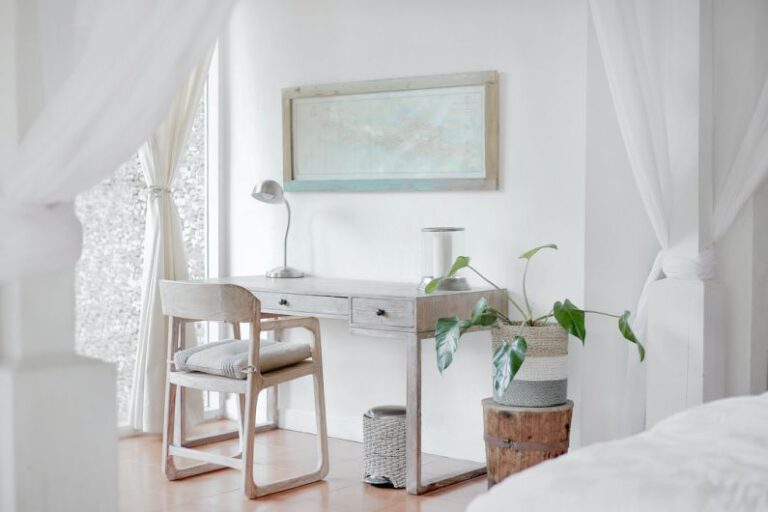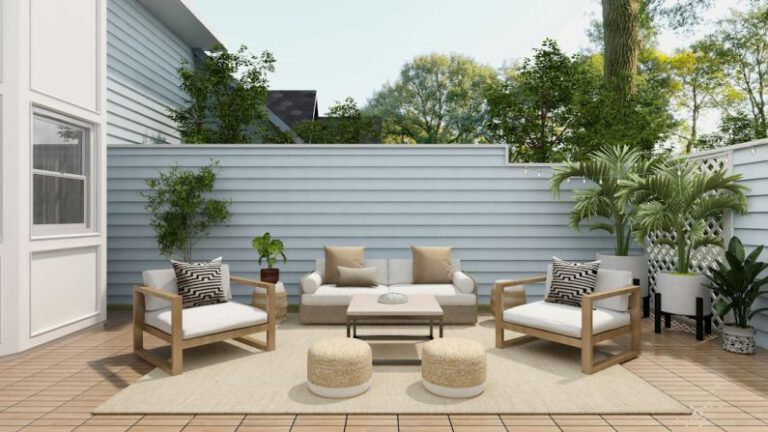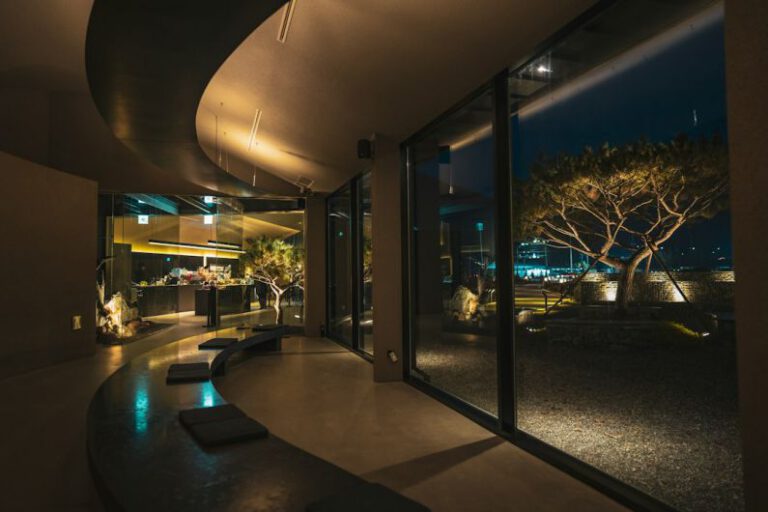How to Design a Functional Home Office Space?
Working from home has become a popular trend in recent years, and especially in the wake of the COVID-19 pandemic, more people are finding themselves in need of a dedicated home office space. Designing a functional home office is essential for productivity and comfort. In this article, we will explore some key considerations and tips to help you create an effective and inspiring workspace.
1. Choose the Right Location
The first step in designing a functional home office is to select the right location. Ideally, you want a space that is separate from the rest of your living area to minimize distractions. Look for a quiet corner or spare room that can be dedicated solely to your work. It’s important to have a space where you can focus and be productive.
2. Consider Natural Lighting
Natural lighting can significantly impact your productivity and mood. When designing your home office, try to position your desk near a window to take advantage of natural light. This will not only reduce eye strain but also create a more pleasant and inviting atmosphere. If natural light is limited, invest in good quality task lighting to ensure you have adequate illumination for your work.
3. Invest in Ergonomic Furniture
An ergonomic workstation is crucial for maintaining good posture and preventing strain or injury. Invest in a comfortable chair that supports your back and promotes proper alignment. Your desk should be at the correct height to prevent wrist and neck strain. Additionally, consider incorporating adjustable elements, such as a standing desk or keyboard tray, to allow for flexibility and movement throughout the day.
4. Organize and Declutter
A cluttered workspace can hinder productivity and create unnecessary stress. Take the time to declutter your home office and create a system for organizing your belongings. Invest in storage solutions such as shelves, filing cabinets, or desk organizers to keep your space tidy and efficient. A clean and organized environment promotes focus and clarity of thought.
5. Personalize Your Space
While it’s important to maintain a professional atmosphere in your home office, don’t forget to infuse it with elements that inspire and motivate you. Add personal touches like artwork, plants, or motivational quotes to make the space your own. Creating a pleasant and inviting atmosphere will help you feel more motivated and productive.
6. Manage Technology and Connectivity
In today’s digital age, technology plays a crucial role in our work lives. Make sure your home office is equipped with reliable internet connectivity and consider investing in a separate phone line if needed. Organize your cables and cords to prevent tangling and ensure easy access to your devices. Having a well-managed technology setup will save you time and frustration.
7. Create Zones for Different Tasks
To optimize your productivity, consider creating different zones within your home office for various tasks. Designate an area for focused work, another for brainstorming or creative thinking, and a space for relaxation or taking breaks. By creating distinct zones, you can mentally separate different types of work and increase your efficiency.
In conclusion, designing a functional home office space is essential for productivity and overall well-being. By carefully considering the location, lighting, furniture, organization, personalization, technology, and task zones, you can create a workspace that supports your work goals and enhances your work-life balance. Remember, a well-designed home office is an investment in your productivity and comfort.






